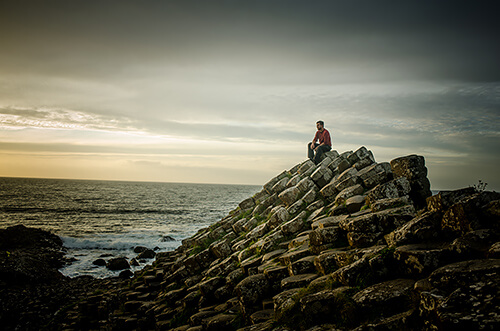Christian Werner is a freelance multimedia/photojournalist based in Boitzum, Germany.
As a teenager he developed his interest in photography while traveling to foreign countries. In 2014 he graduated the photojournalism & documentary photography course at the University of Applied Sciences in Hannover.
His main interests are social diversity and global political issues. The areas of interest is mainly the arabic world and culture. Chris worked in various countries in Asia, Africa, Eastern Europe and South America. His work has been exhibited internationally. He welcomes assignments local and overseas. Since 2012, Christian is represented by Agency Laif.
Source: World Press Photo
Chris, born in 1987, studied from 2009 to 2014 photojournalism and documentary photography at the University of Hanover. He works as a freelance photojournalist and published his photos and stories, among others, in Der Spiegel, Die Zeit, TIME Magazine, The Washington Post and many more. From 2012 -2016 Christian Werner was represented by the German reportage agency laif. In late 2016 Chris is represented by Zeitenspiegel. His photographic focus is the processing of social injustice, conflicts and geopolitical issues. His work has been awarded several times and frequently exhibited internationally. In 2015 Chris participated at the World Press Joop Swart Mastercalss in Amsterdam. 2016 Chris has been chosen in the 30 under 30 Europe Forbes List in the Media category. In late summer 2016 he begins working with MOAS (Migrant Offshore Aid Station).
Chris worked in various countries in Asia, Africa, Eastern Europe and South America.
Artist Statement
"Rubble and Delusion - A Journey Through Assad's Syria
With the fall of Aleppo, the regime of Bashar Assad once again controls the country's second-largest city. But is reconciliation possible in the country? A journey through the dictator's rump state.
Our journey leads us to the three largest cities in northern and western Syria: Aleppo, Latakia and Homs. Aleppo has become symbolic of the brutal bombing campaign. Latakia, the regime stronghold on the Mediterranean, was largely untouched by the war and is still a popular vacation spot in the summer. And Homs, once the center of the uprising, was destroyed and is now slated to become a model of reconstruction."
